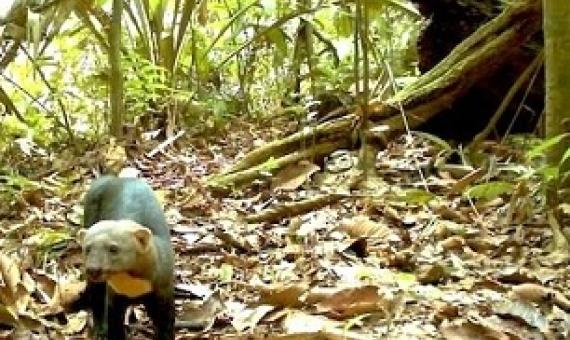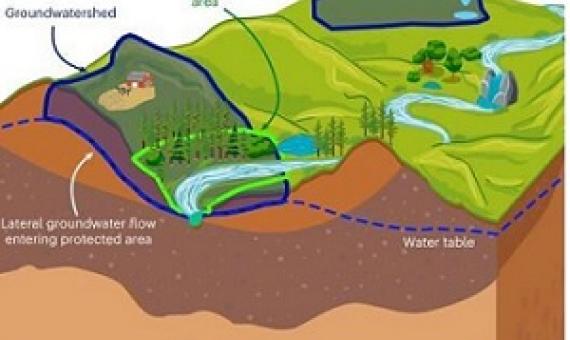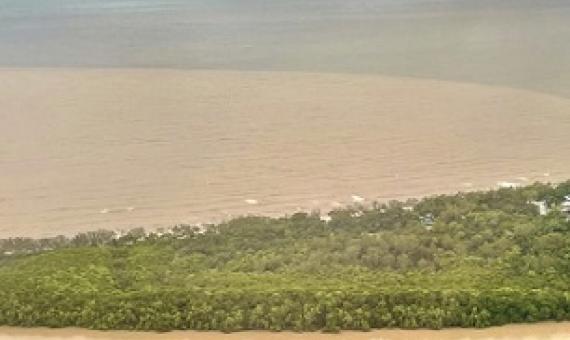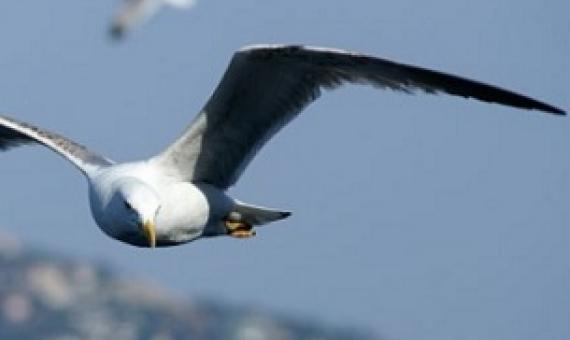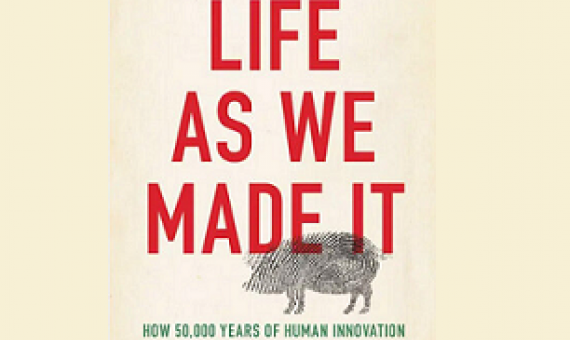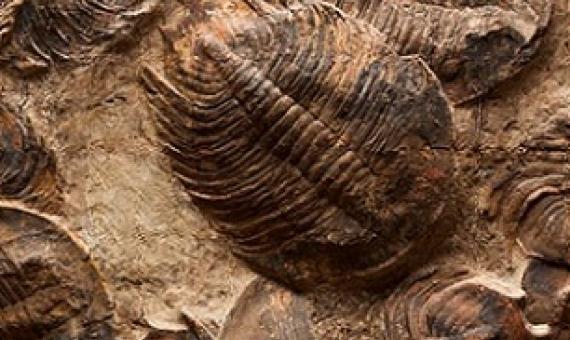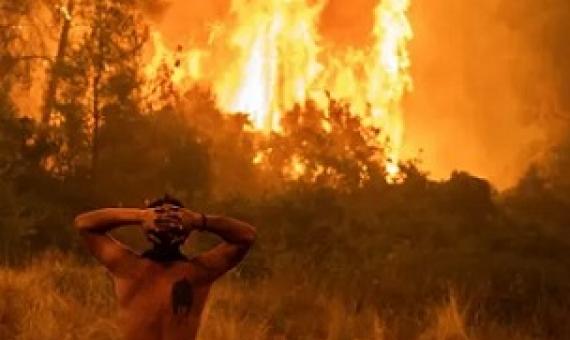By 2030, if the "30 by 30" initiative supported by more than 100 countries is successful, 30% of our land and ocean ecosystems will be designated protected areas meant to safeguard biodiversity and help limit the impacts of climate change.
How much are nature reserves shaped by influences beyond their boundaries? An international research team with the participation of Prof.
Human activities are threatening the survival of many species. One way for communities, agencies and the government to stop the loss of biodiversity and rescue endangered species is through habitat protection.
A new study shows that human activity, especially agriculture, undertaken around biosphere reserves can lead to deforestation and biodiversity loss inside the reserves themselves.
Frontiers 2022: Noise, Blazes and Mismatches
The UN Environment Programme (UNEP) works to identify and draw attention to emerging issues of environmental concern. The UNEP Frontiers’ report continues to advance this work, signaling environmental issues and solutions for effective and timely responses. Some issues may be local, relatively small-scale issues today, but may have the potential to become an issue of regional or global concern if not addressed early. This year’s edition, Noise, Blazes and Mismatches, looks at three concerns: urban soundscapes, wildfires and phenological shifts.
Corals have declined by 50% over the last 30 years, with losses of 70-90% expected by mid-century. This mass decline is largely attributed to human activity.
As seabirds’ food security is threatened by human activity, new research in Ireland has found that birds with tracking devices have been follow fishing vessels for food...Human activity is threatening seabird populations.
In her new book, UC Santa Cruz biologist Beth Shapiro argues that while gene-editing technology is giving humans remarkable new powers, we have been manipulating other species for as long as we have existed.
It is now common to refer to the current biodiversity crisis as the sixth mass extinction. But is this true? Are we in the middle of an event on the same scale as the five ancient mass extinctions Earth has experienced? Humans are indeed driving animals and plants to extinction.
Human activity is changing the Earth’s climate in ways “unprecedented” in thousands or hundreds of thousands of years, with some of the changes now inevitable and “irreversible”, climate scientists have warned.

